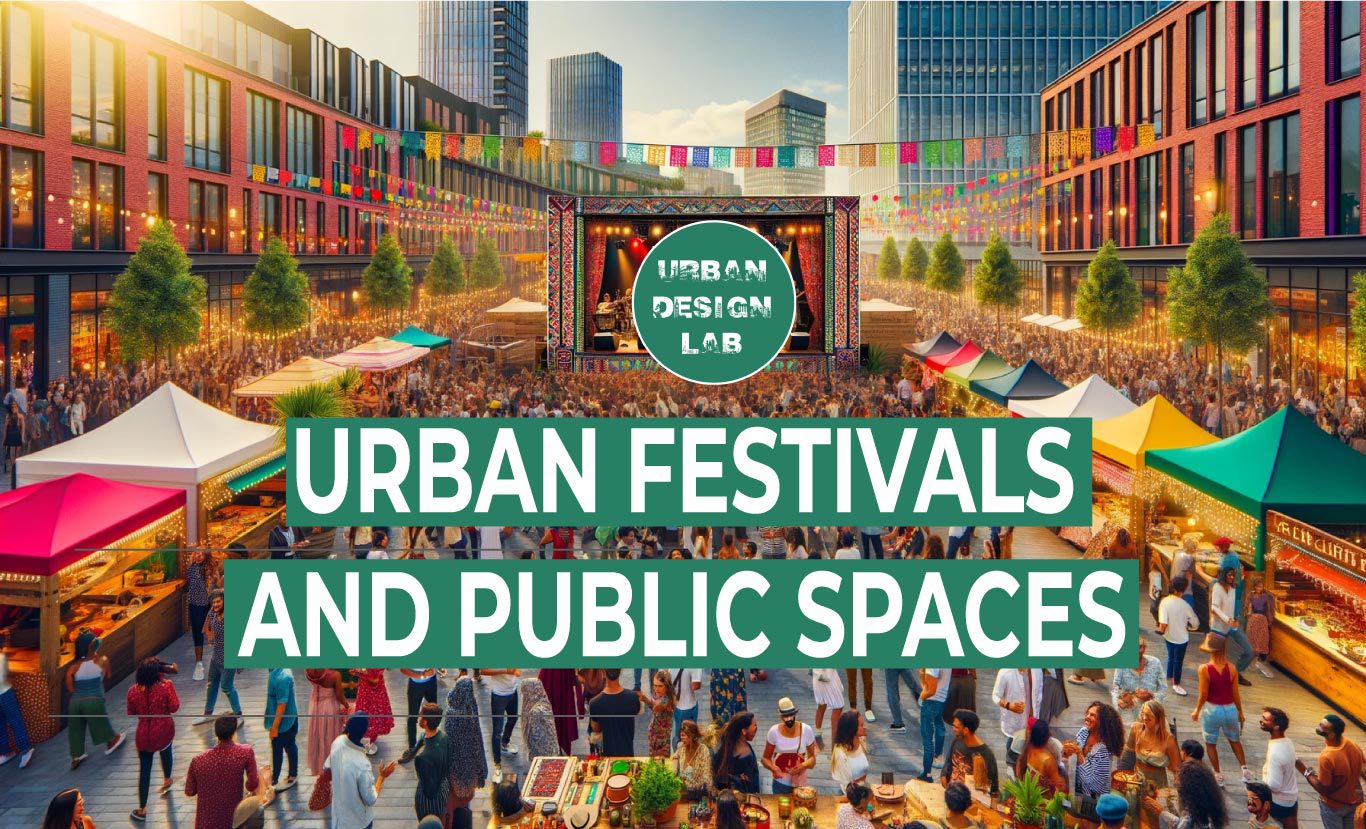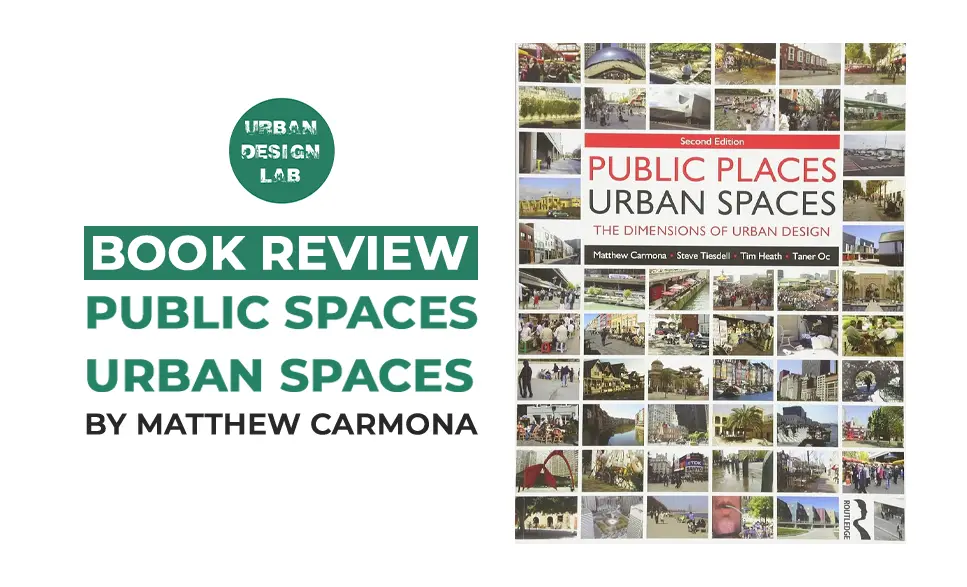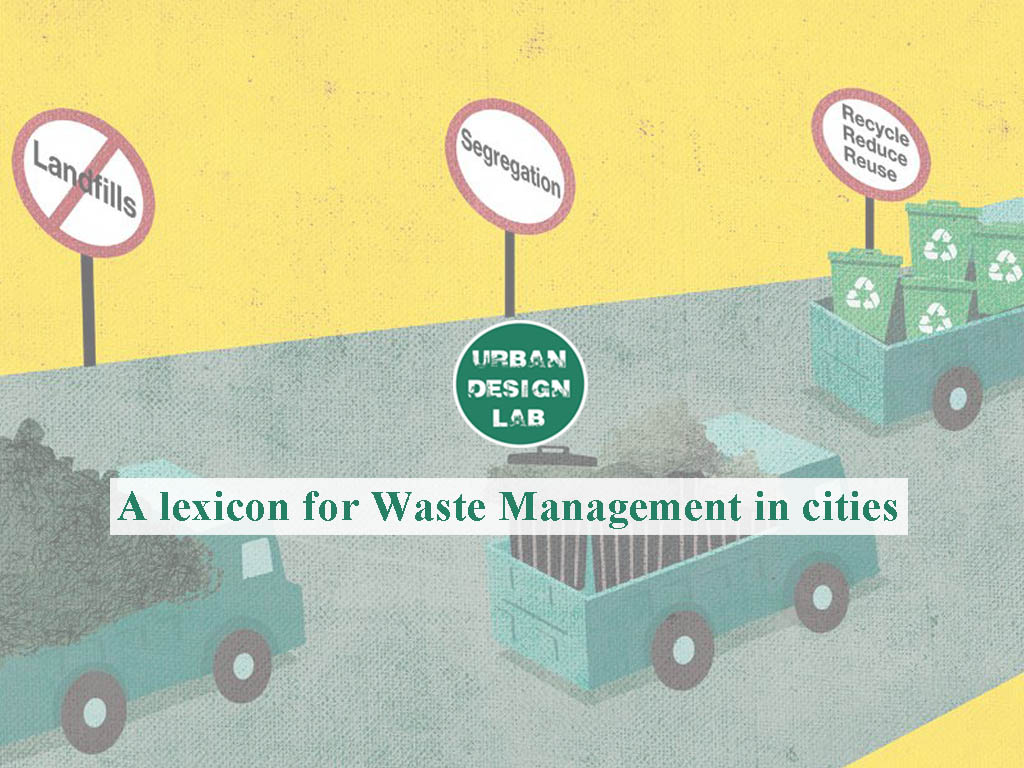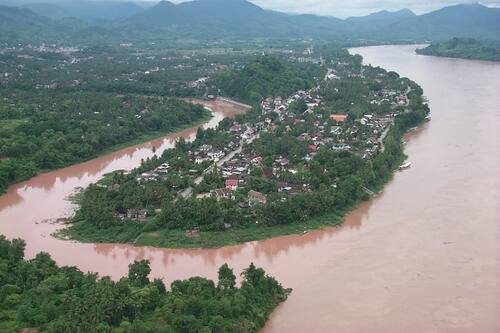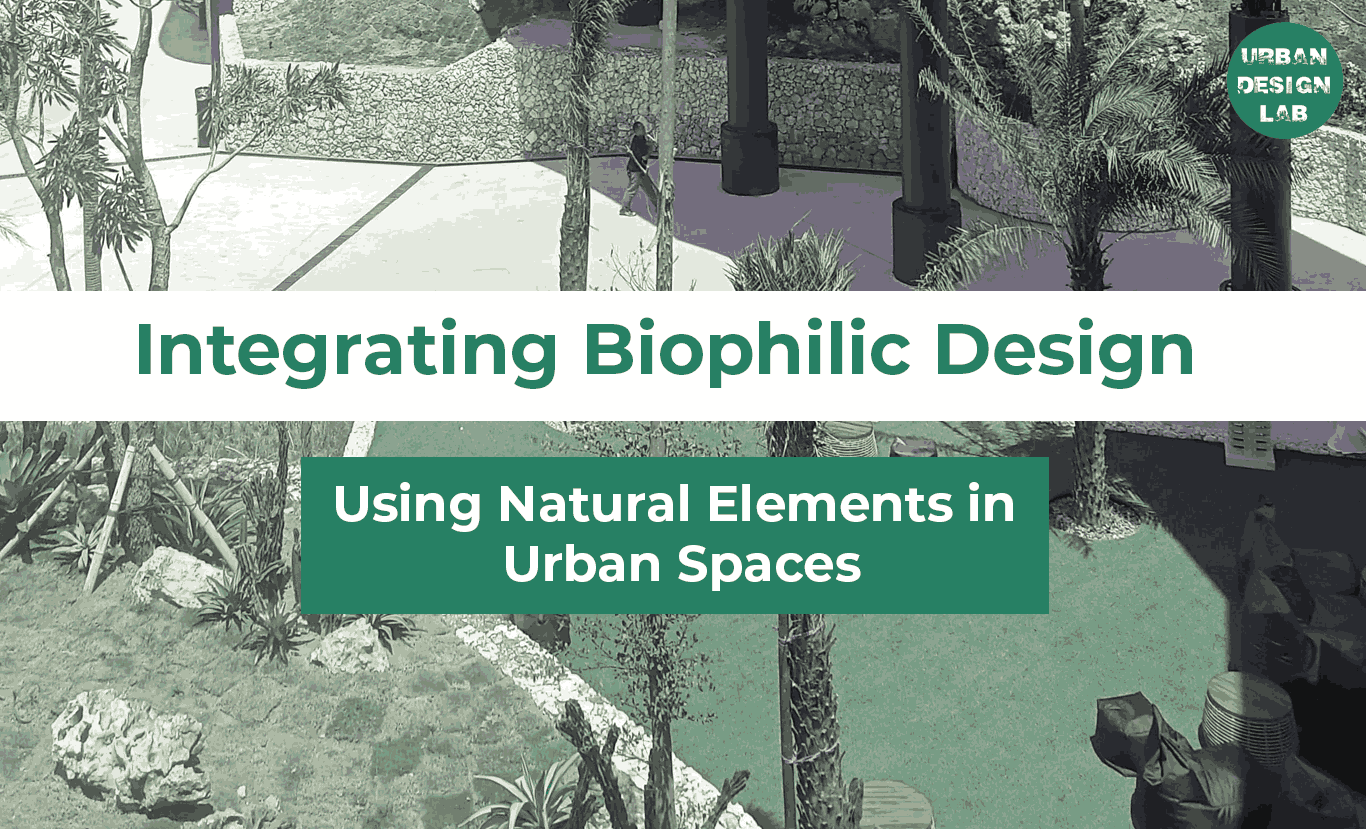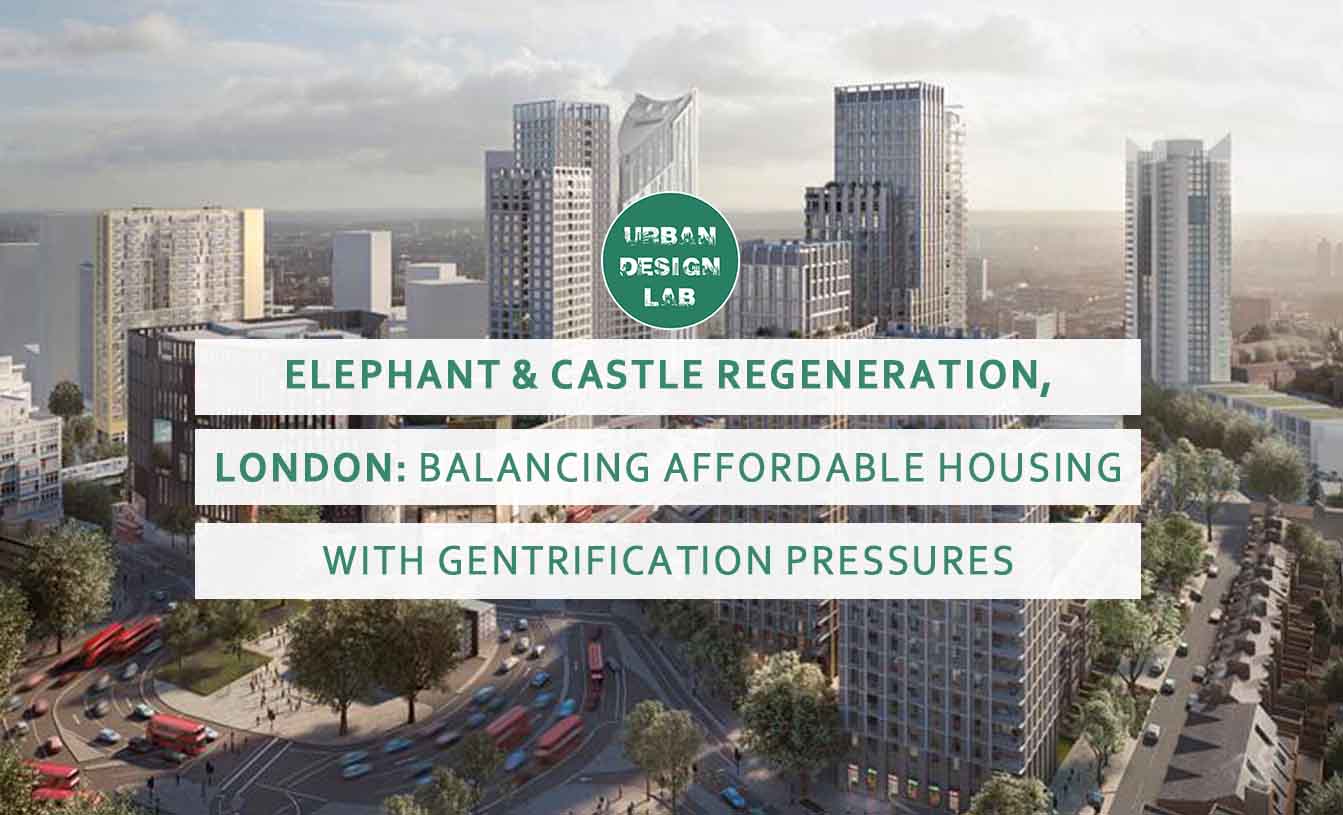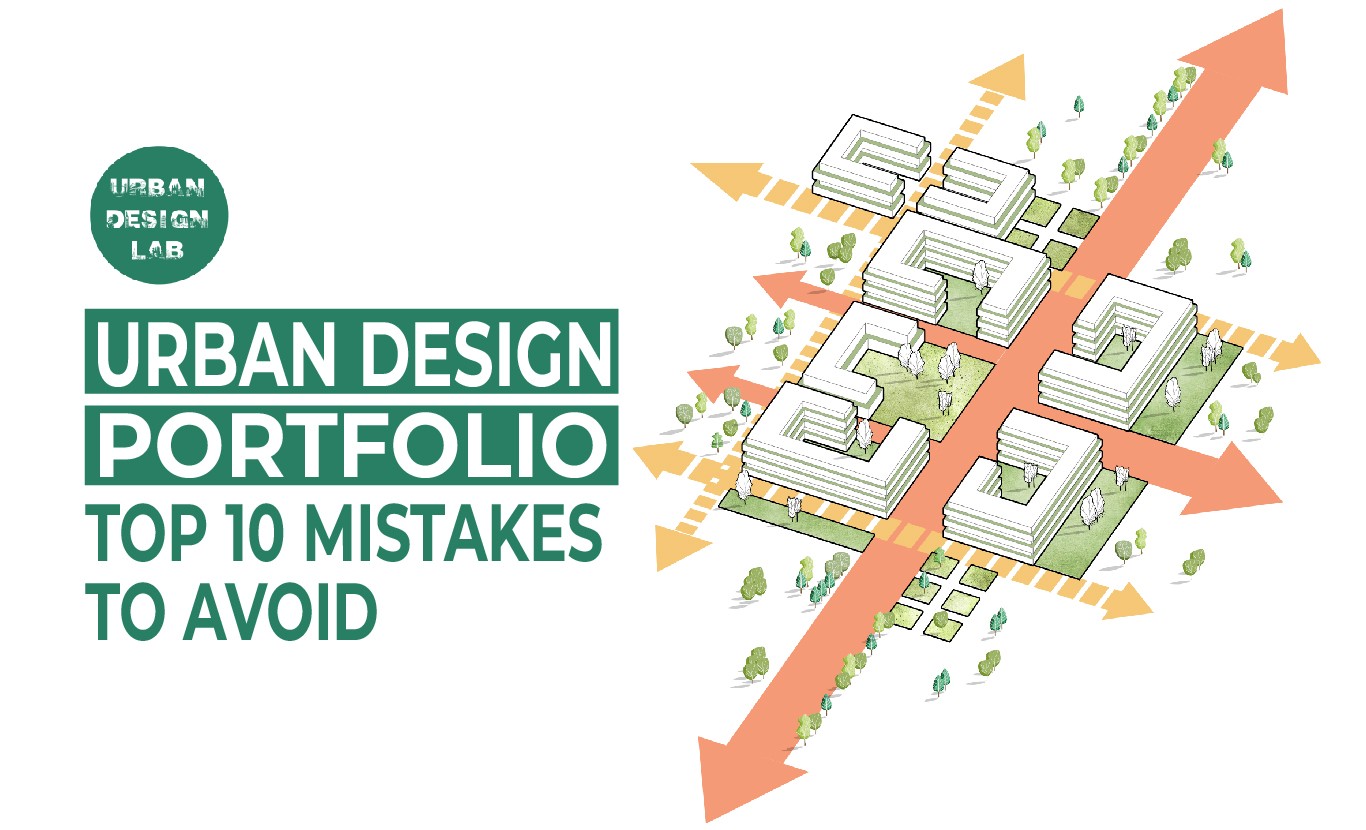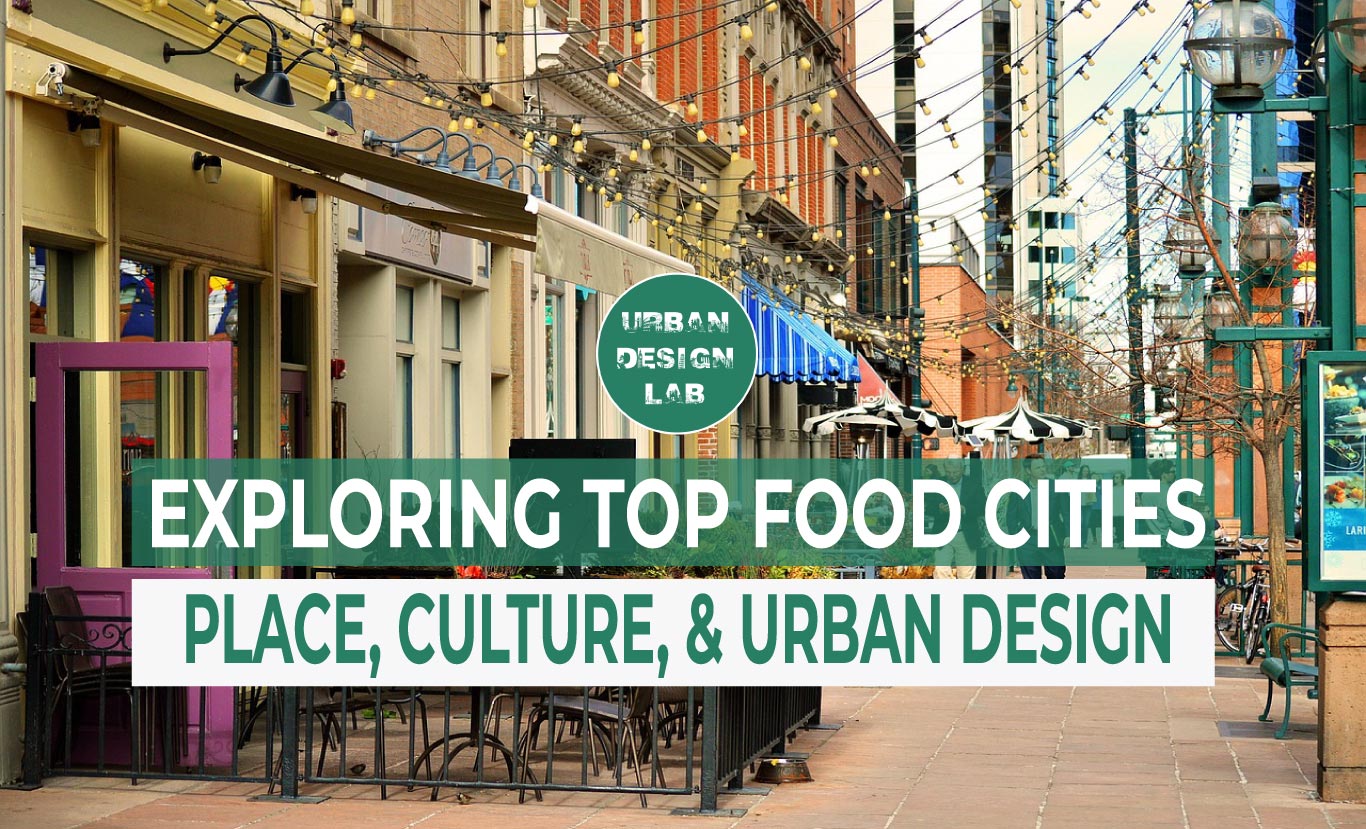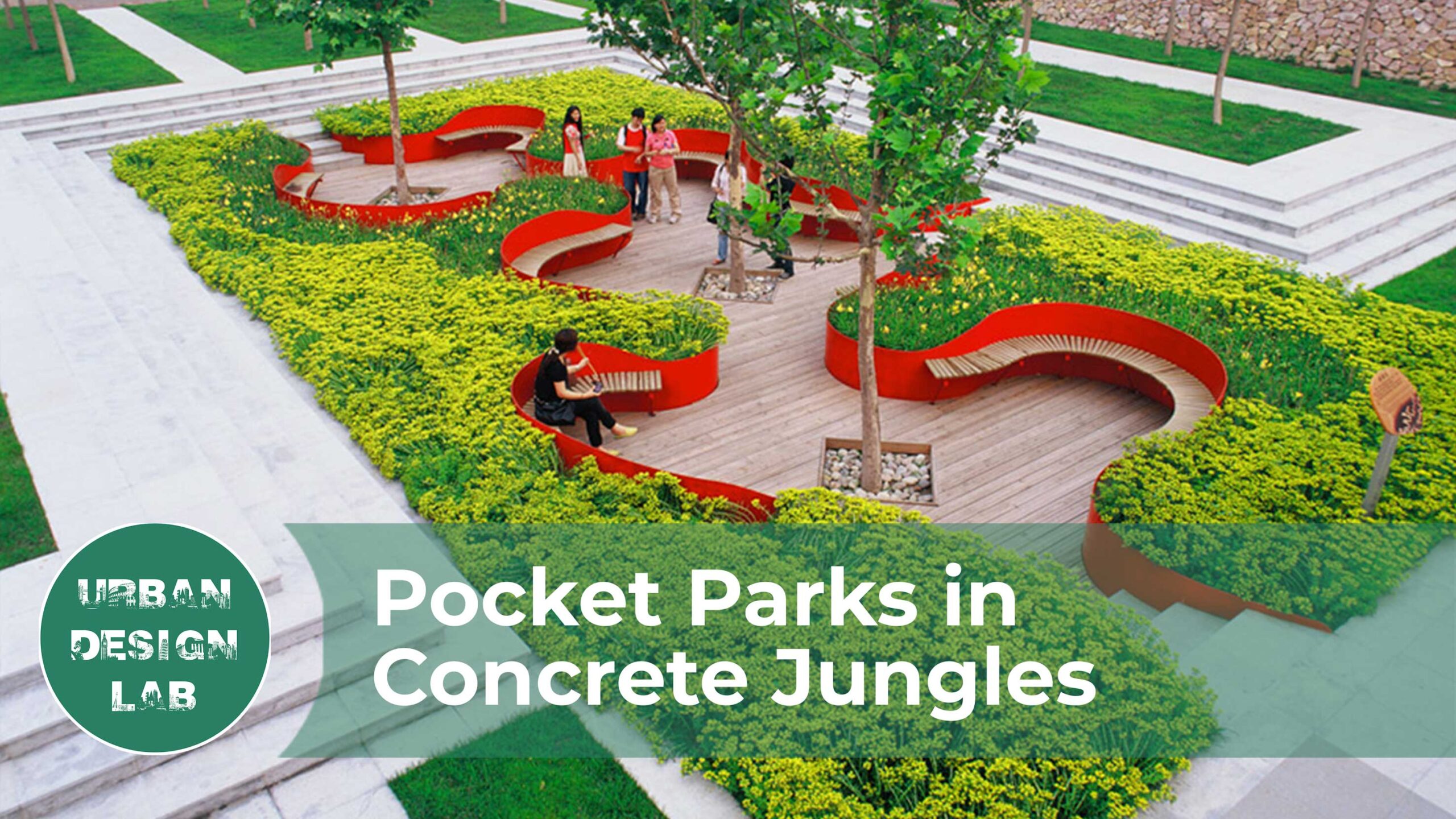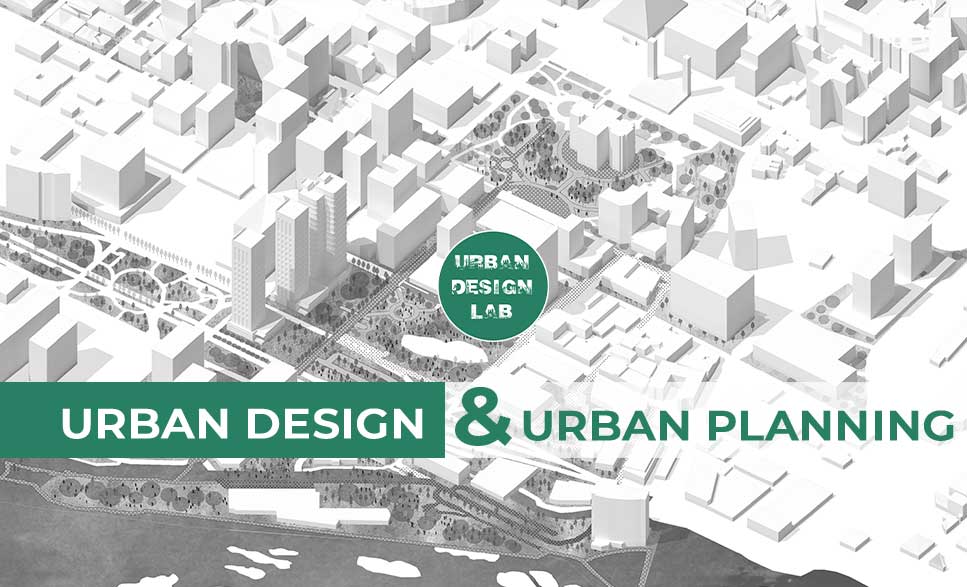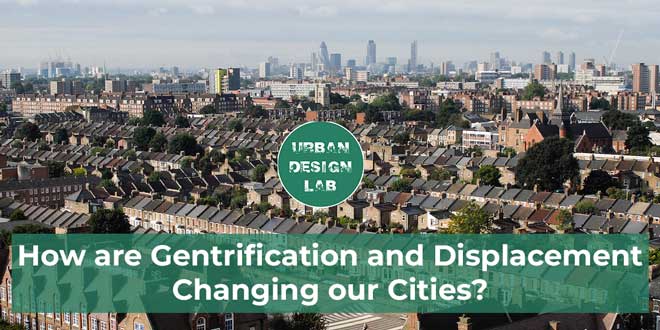
Dutch Heritage In Chinsurah | ATA
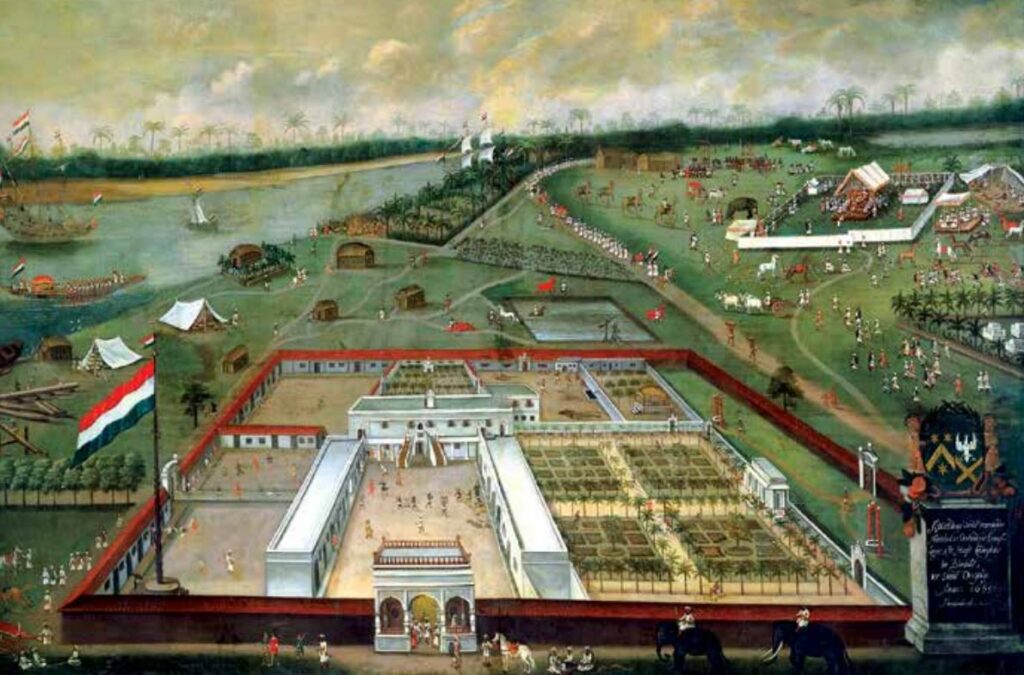
Funded by the Embassy of Kingdom of the Netherlands, New Delhi, this project is an initiative of Aishwarya Tipnis Architects (ATA) in collaboration with Presidency University Kolkata. The aim of this multi-disciplinary project is to identify and document this shared cultural heritage and develop a digital database for the shared cultural heritage of the erstwhile Dutch colony of Chinsurah in West Bengal, India. A one of its kind project in India, this project attempts to bridge the gap between architecture and social sciences by adopting the Digital Humanities approach. ATA’s cultural mapping project aimed at providing a spatial dimension to the multiple layers of history and narratives of the town brought out by the research. Interpretative data collected from archival research, oral history interviews, building inventories and photo documentation was mapped on to open source maps using GIS technology;this has been presented in the form of user friendly website to enable reach to a wider audience.

The Dutch in india a journey over 400 years:
Dirck Gerritsz Pomp, also known as ‘Dirk China’, is the first known Dutchman to have arrived in India, as far back as in 1568. However, a ‘formal’ beginning of the relationship between the Netherlands and India could be dated to 1604, when Admiral Steven van der Hagen set foot on the shores of Malabar and signed a defence and trade treaty with the Zamorin of Kozhikode. Thus began an era of trading between the two countries. Controlled by the Dutch East India Company, known as VOC (an acronym based on its Dutch name), this period of vigorous trade and commerce lasted up to 1795. However, cultural engagement between the two countries continued over the next two centuries as is evident from the writings of travellers such as Maurits Wagenvoort (1855–1944)
The historical legacy of the vibrant Dutch presence in India is today visible in the form of sturdy fortresses, beautiful tombs, grand country houses, silent factories, sprawling cemeteries and other remains in brick, stone and plaster. Some are ruined, others are well preserved. They are scattered along the entire Indian coastline from Surat to Kolkata, including Vengurla, Kochi, Nagapattinam, Pulicat, Visakhapatnam, Baleshwar and several others. Enthused solely by trade, and with no political ambitions in India, the Dutch looked beyond the coastline and ventured further inland along the great Indian rivers to places like Ahmedabad, Patna, Hyderabad, and, in Bengal, Chinsurah.
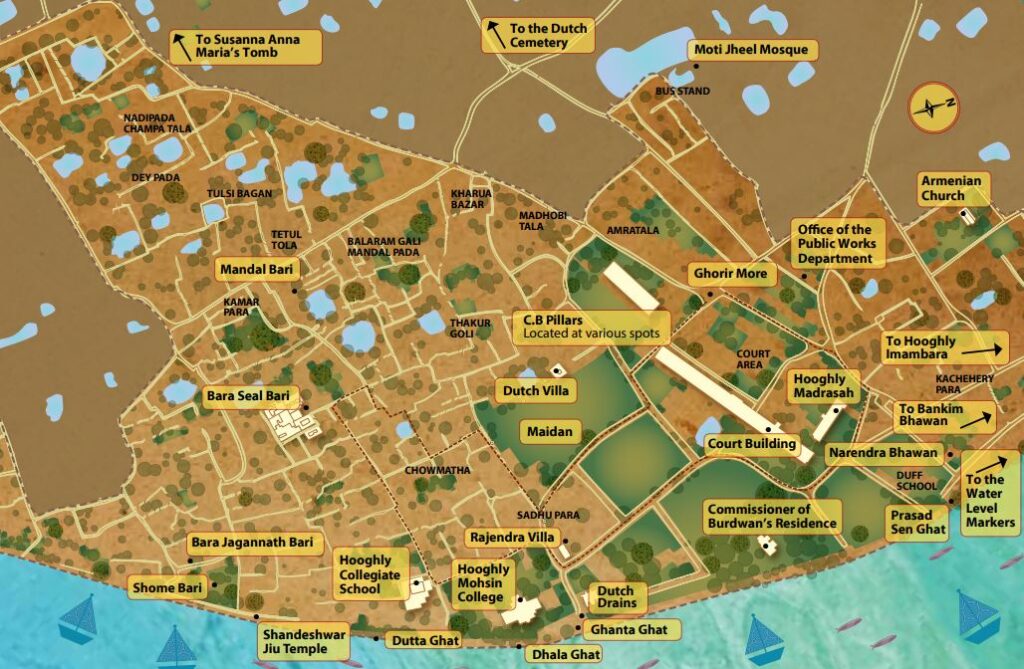
The Dutch in Chinsurah
The presence of European settlements along the Ganga, upriver from its mouth on the Bay of Bengal, has prompted the description of Bengal in the 17th–19th centuries as ‘Europe on the Ganges’. For Dutch traders of the VOC, who had been settling here since 1607, Bengal was the most profitable region in India, and the trading post in Chinsurah, less than 50 kilometres from Kolkata on the banks of the Hooghly river, was the biggest and most impressive in the entire country. After 1740, the VOC’s director of Bengal, Jan Albert Sichterman, commissioned a fort in Chinsurah to strengthen their presence. The fort, with four corner bastions, was named Gustavus after the governor-general, Gustaaf Willem van Imhoff. Unfortunately very little of it now survives. The Dutch had populated an attractive and strategic location on a river bend. The advantage, apart from quick access to the waterway, was, no doubt, the cool and serene setting. Fanned by the Hooghly’s breeze and blessed by its lovely vistas, it was a ocation perfect for pleasure gardens and mansions, with steps leading down to the river. Dutch observers of the time termed these buildings “bangelaers”, or play houses, a word which likely derives from the place of origin: Bengal. Some of these mansions still survive, evoking scenes of afternoon siestas and evening parties, and of a leisurely pace in general—images which largely hold true of the Dutch rhythm of life in Chinsurah. Travelogues and accounts, official reports and records reveal fascinating facets of 200 years of Dutch presence in this area. These range from the perils of navigating the Ganga, to give-and-take relationships with temples, and to delightful tales like that of Clara the rhinoceros, who became a celebrity in the Netherlands. Many of the Dutch folk who made Chinsurah their home also breathed their last here, and if not their tales, at least the fact of their existence in Chinsurah is etched on the gravestones of the Dutch cemetery at Gorosthan.
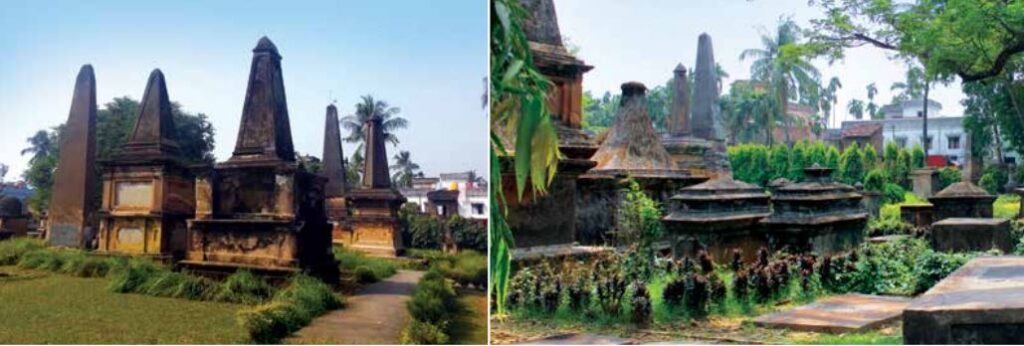
Conservation: The First Steps
Chinsurah’s unique heritage comprises its urban form, street pattern and ensemble of non-monumental historic buildings. However, only two of these sites are protected by the Archaeological Survey of India: the Dutch Cemetery and the Tomb of Susanna Anna Maria. The Hooghly Imambara, Moti Jheel Mosque and Bankim Bhawan are protected by the West Bengal Heritage Commission. The rest of the substantial list of structures is highly vulnerable.
Old buildings are rapidly deteriorating and becoming derelict and dilapidated; some are being demolished to make way for more rewarding economic investments. There is an imminent risk of the irrevocable loss of Chinsurah’s valuable heritage even before it is identified, documented and appreciated. A multi-disciplinary project was conceptualised with the aim to contribute towards preservation of the significant buildings and elements from the Dutch period, as well as create positive development within the town. Funded by the Embassy of the Kingdom of the Netherlands, New Delhi, this project is being managed and executed by Aishwarya Tipnis Architects (ATA) in collaboration with Presidency University, Kolkata. Documentation and digital mapping of heritage structures has been accomplished and adapted as an open source digital database. This database can be used to plan future restoration works. Community engagement activities, such as heritage walks and training of local historians have been successful in creating awareness. Proposals for development of the Maidan and riverfront, and for introducing signage plaques and interpretation, have been offered to the local authorities. Individual efforts of restoration and maintenance of heritage structures in public ownership are undertaken on a regular basis. Along with this there is a need to develop a vision and cultural strategy for the town and the larger cultural landscape. It is hoped that this project would intertwine heritage conservation and the economic, social and cultural enhancement of the town,




Architects: Aishwarya Tipnis Architects (ATA)
Location: Chinsurah
Client: Embassy of Kingdom of the Netherlands in India
Status: Completed
Project Year: January 2014
Collaborators: Presidency University Kolkata
Related articles

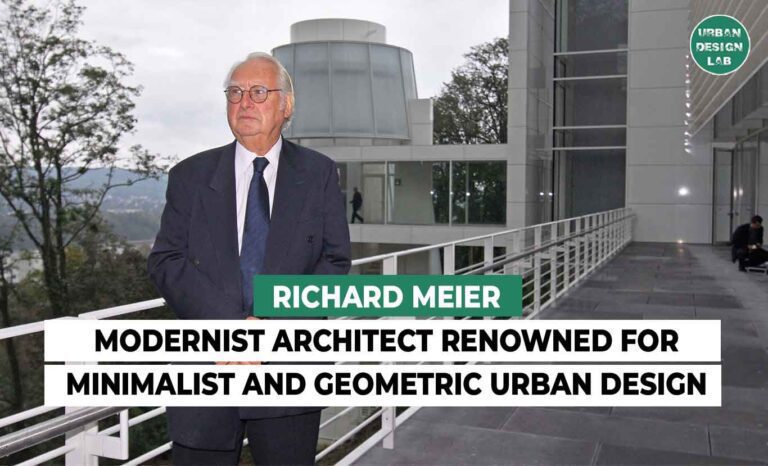
Richard Meier: Where Modernism Meets Elegance
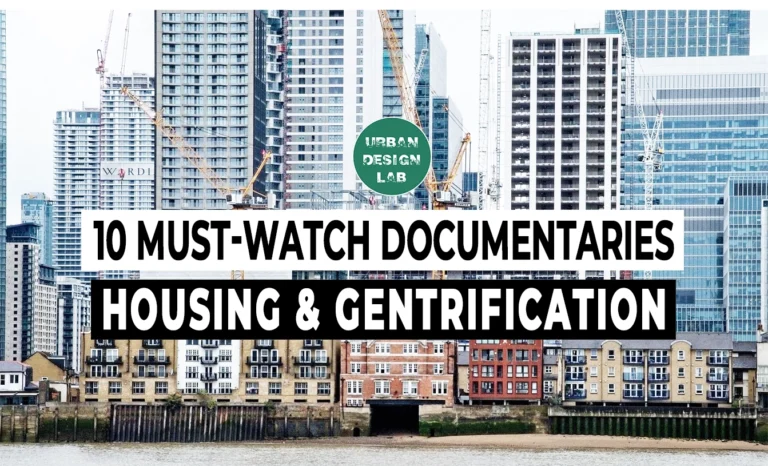

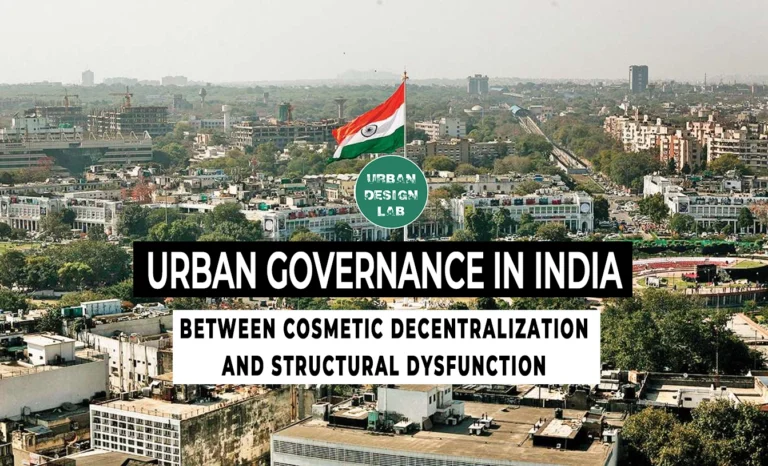
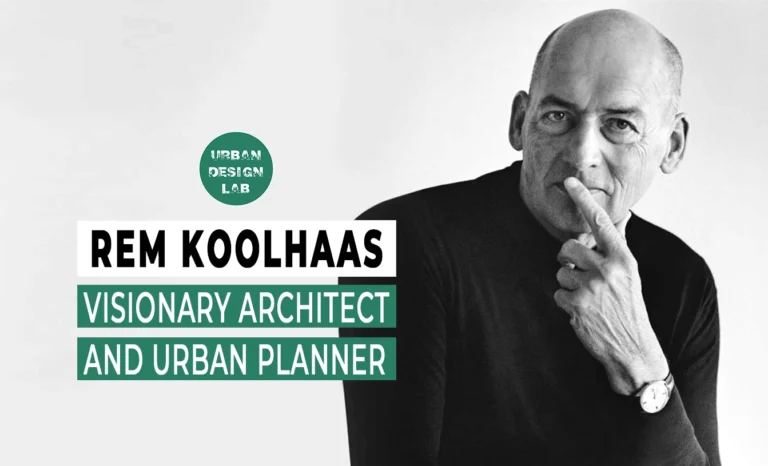
Rem Koolhaas: Visionary Architect and Urban Planner
5-Days UDL GIS
Masterclass
GIS Made Easy – Learn to Map, Analyse, and Transform Urban Futures
Session Dates
14th-18th July 2025

Free E-Book
From thesis to Portfolio
A Guide to Convert Academic Work into a Professional Portfolio”
Recent Posts
- Article Posted:
- Article Posted:
- Article Posted:
- Article Posted:
- Article Posted:
- Article Posted:
- Article Posted:
- Article Posted:
- Article Posted:
- Article Posted:
- Article Posted:
- Article Posted:
- Article Posted:
Sign up for our Newsletter
“Let’s explore the new avenues of Urban environment together “



























